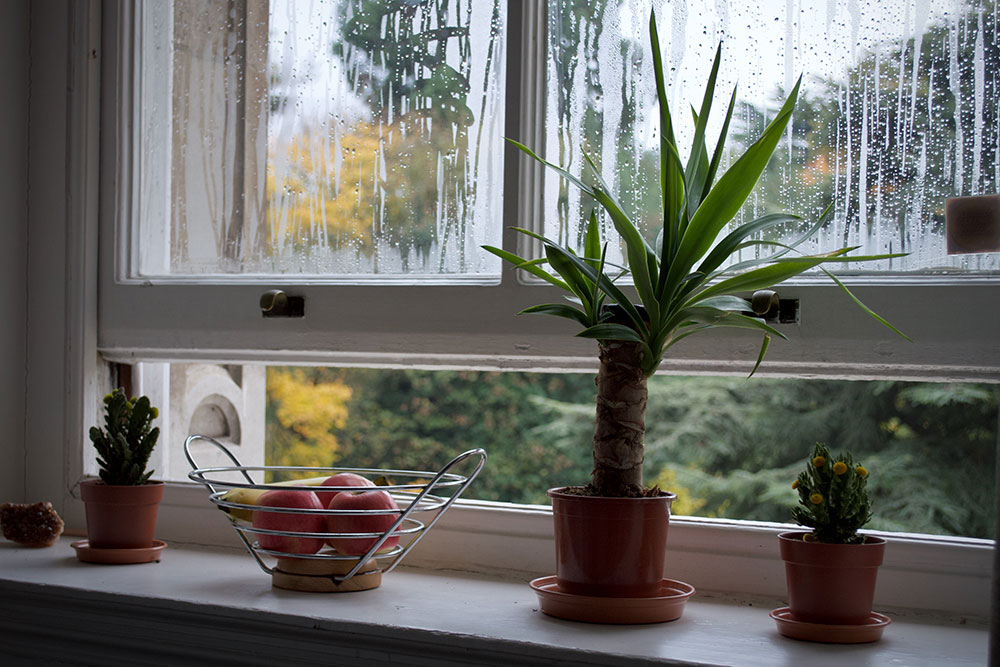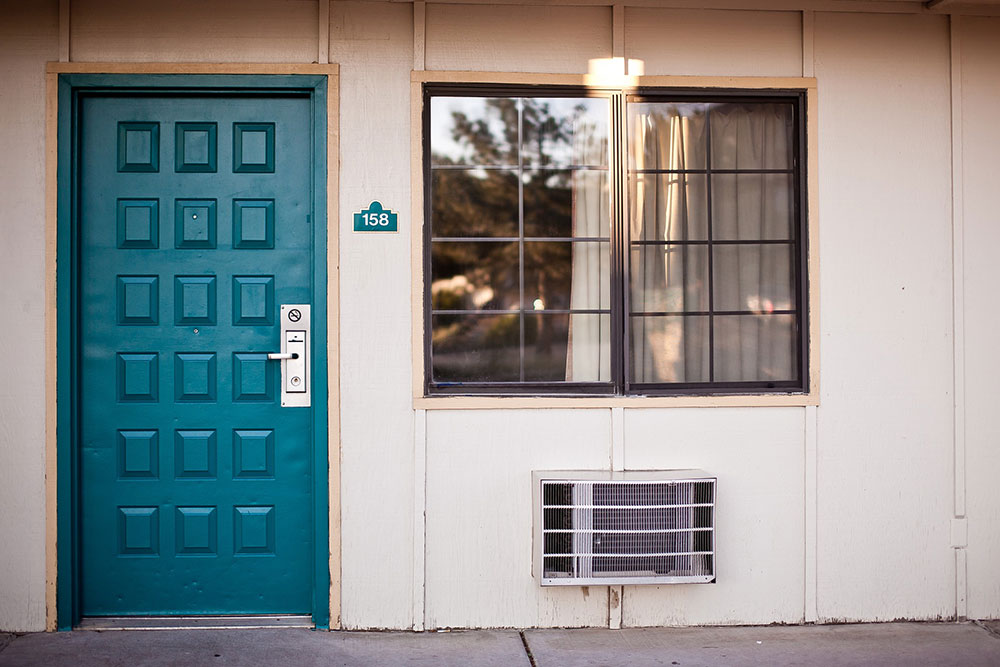Indoor air pollution – now that’s a problem that we all must take seriously as it’s something that our homes, schools and workplaces all have in common. Our indoor environments actually contain outdoor pollutants which are mostly associated with vehicular traffic and industrial activities. Thanks to natural and mechanical ventilation systems, they enter our indoor spaces and worsen our air quality.
Most common sources of pollution
Besides outdoor pollutants, there are indoor contaminants as well. Among the many reasons for this we can name:
- The electronic equipment we use
- People who smoke
- Wall paint that contains VOC
- Emissions from building materials and furnishings
- Combustion sources (these can be burning fuels, wood and coal, maybe tobacco products, and even candles from time to time)
- Humidification devices
- Central heating and cooling systems and so on.
As you can see, there are many pollution sources and something should be done about them. Various chemicals and particulate matter affect indoor air quality. To name just a few:
- Gases like carbon monoxide, ozone, radon
- Fibers, organic and inorganic contaminants
- Volatile organic compounds (from cleaners and disinfectants, cigarettes, glues, air fresheners, solvents, copy machines and printers, etc.)
- Biological particles (pollen, fungi and bacteria).
Scientists from various fields have conducted numerous researches on this matter, both in private and public buildings. Even a special issue was published, including 22 contributions by some prominent experts in the field of indoor air pollution.
What we need is a good air quality test
It goes without saying that if you want to determine the air quality in your building, you should have the air tested by experts. What professionals do is help you get rid of all the dust, mold, chemicals and indoor air pollutants. Basically, thanks to their training, expertise and equipment, they solve all your indoor air quality issues and conduct mold inspections. You may later find that extremely helpful and useful. Especially if you’re dealing with asthma or allergies, you should definitely have their number in your phone.
Why do we need the air in our home and workplace to be good?
The quality of the indoor air has great effects on our health. You are probably not familiar with this, but the risks of indoor pollution are even greater than those of outdoor pollution. And we encounter those risks every day! Because we work a lot, and many of us even work from home, we tend to spend a lot of time indoors nowadays. This represents a huge threat to our health.
When we look at a certain space in our room, it might look clean, especially if we previously worked on it to be that way. However, even if no one can find an area in our home that looks dusty or neglected, the truth is that air might be polluted either way. What’s even worse, many household products are also connected to this issue, which means nothing is really safe for us nowadays. But it should be if we want to be healthy and productive.
In conclusion
To sum up, the Environmental Protection Agency mentions some pollutants that can be present in our homes. They can either be biological, chemical or combustion pollutants. The first group contains:
- Mold
- Dander
- Pollen
- Dust mites and bacteria.
The second one consists of volatile organic compounds. These can be many, like formaldehyde, lead and radon, all coming from different source. The last group is reserved for carbon monoxide and tobacco smoke. As you can see, this is why this problem is a big one. So, take it seriously and do something about it!
Derek Lotts
Related posts
1 Comment
Leave a Reply Cancel reply
This site uses Akismet to reduce spam. Learn how your comment data is processed.





[…] than improving the air quality, what other benefits does this kind of cooling and heating have? Well, to list just a few […]